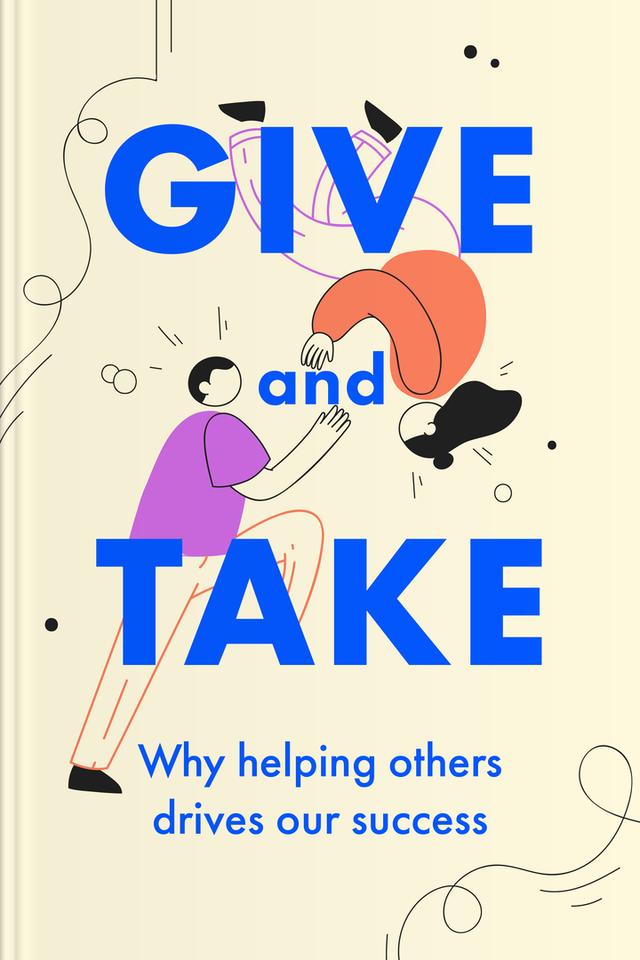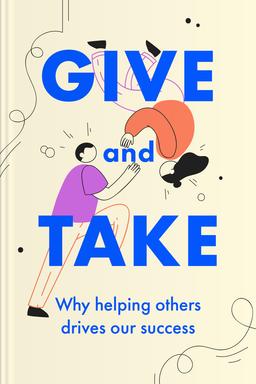You’ll learn
- How being generous boosts success
- About the drawbacks of always taking
- The art of balancing giving and taking
- The secret to forming beneficial networks
russia has launched a full-scale war in Ukraine. Donate to support Ukraine and protect the world’s peace.

first KEY POINT
Takers are people who seek to maximize profits and gain the best benefits from any transaction in which they are involved. They focus on the self. Givers satisfy others first. Then there are those who believe in fair exchange. They will give only as much as they receive.
There are advantages and disadvantages to all 3 behaviors. More often than not, the takers get most of the juice while the givers get the least benefit from any transaction they are involved in because they often forget about their own interests.Giving has a positive emotion attached to it. Research reveals that when givers are given money with instructions to share it with a stranger, they experience higher levels of happiness than those who were given more money with instructions to spend it on themselves.
In fact, studies reveal that as you look up the corporate ladder, you find more givers than takers. These people are willing to share their networks with you. They are also open to mentoring others.There are givers on both sides of the corporate ladder. This is the risk of giving. When you give too much and to the wrong people, you could end up at the bottom of the ladder.Takers are willing to sacrifice relationships for short–term benefits. They compete at everything and believe in the survival of the fittest. They expect favors, are domineering and seek attention, which they are not willing to give back.
There are people who appear agreeable and loving but are self–centered. Do not fall for this trick. Wherever they are found, you must learn to spot them and prevent them from exploiting you. If you have a taker in your life — whether professional or personal, you need to be assertive so that they do not continue to take advantage of your relationship with them.
Being assertive requires identifying that your time, energy and financial resources belong to your loved ones before anybody else. For example, if you’re negotiating a salary as a giver and you think about the impact it would have on the people you love, it may enable you to negotiate better pay.It is good to be a giver because it brings happiness and builds healthy relationships. When you realize that a taker is exploiting your giving nature, it is better to switch to “matching” mode. Be ready to match the competitiveness of the other person for as long as they act as “takers.” Combine altruism with self–care to get the best out of the relationship.
second KEY POINT
We all have probably met someone who wowed us with their generosity. What they offered could have been as great as their valuable time or a large sum of money. It could have been as “little” as kindly advice. What we found interesting was that these people offered these things without expecting payback. These people are called givers.The thing about givers is that they are focused more on how much they give rather than how much they receive. Their goal is to help people and facilitate group success. They willingly share their time, knowledge and other resources to ensure they create value for others. For these people, whether their efforts are rewarded is insignificant. Helping people succeed is enough for them.

Continue reading with Headway app
Continue readingfirst KEY POINT
second KEY POINT
third KEY POINT
fourth KEY POINT
fifth KEY POINT
sixth KEY POINT
seventh KEY POINT
eighth KEY POINT
ninth KEY POINT